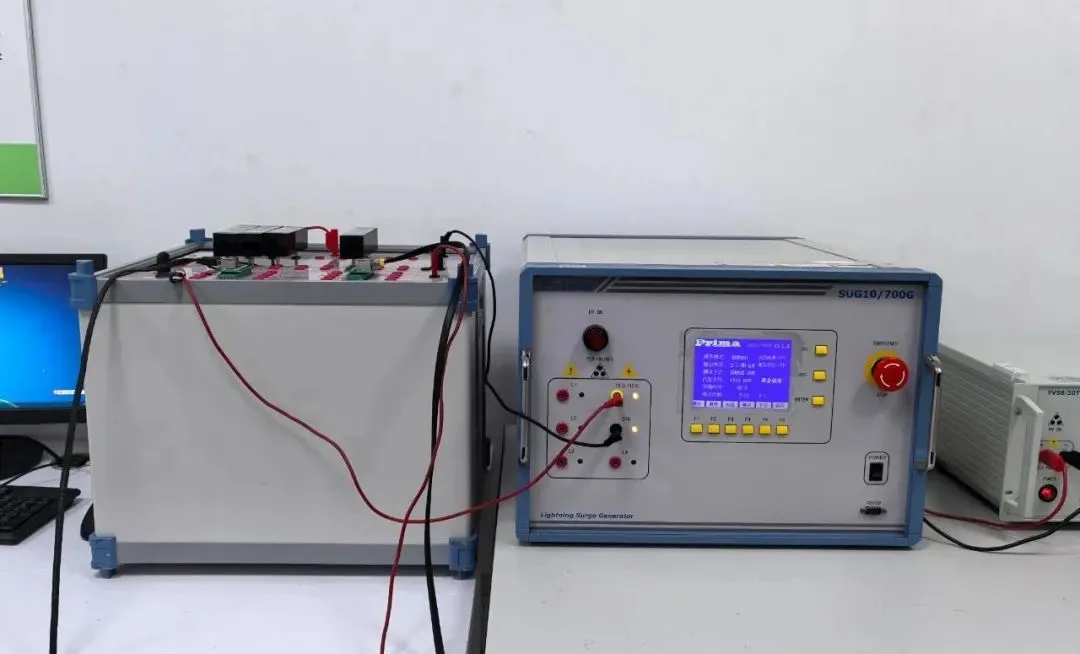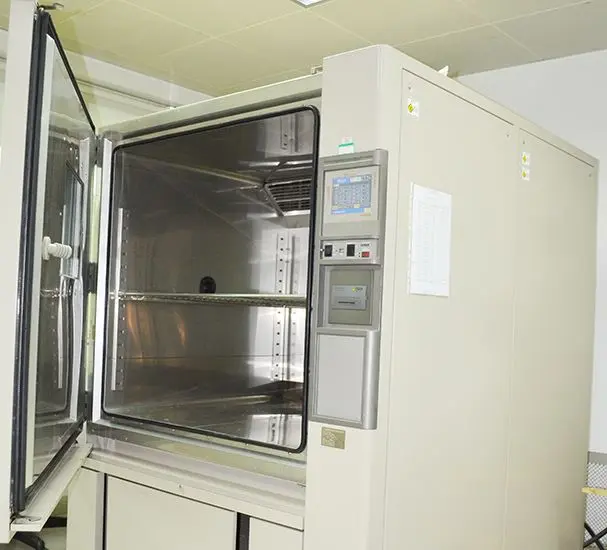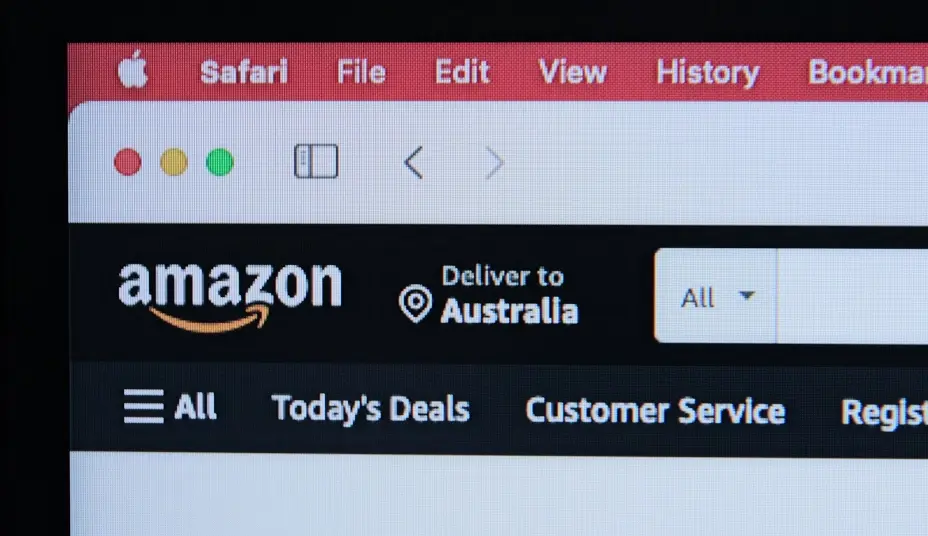
Australia MSDS / SDS Chemical Safety
What are MSDS, SDS, and CSC?
1. MSDS (Material Safety Data Sheet)and SDS (Safety Data Sheet)are both abbreviations for cheMICal safety data sheets. The main difference lies in their naming and the standards they follow.
2. SDSis an updated version of MSDS. It provides a more comprehensive chemical safety information sheet and follows globally recognized standards and guidelines.
3. CSC (Chemical Safety & Compliance)is essentially equivalent to an SDS, but specifically tailoRED for Australian sites.

Versions of MSDS
There are mULtiple versions of MSDS, including:
1. ISO(International Standard)
2. EEC(European Union)
3. OSHA(United States)
4. ANSI(United States)
5. WHMIS(Canada)
6. Chinese Version
Both the EU and ISO standards adopt the term SDS. In the U.S., Canada, Australia, and many Asian countries, SDSand MSDSare used interchangeably, as their technical purpose is essentially the same.
Documents Required for MSDS / SDS / CSC Application
Applicants need to provide the following information:
1. Company or applicant name, address, contact person, phone, fax, and email
2. Product name, model, and properties
3. Final usage and export country
4. Chemical composition, including chemical names, percentages, and CAS numbers
5. Physical properties of the product
MSDS report processing time:3–5 working days
MSDS verification is generally required for goods such as batteriesand chemicals. Besides identifying hazardous and non-hazardous goods, MSDS can also determine special handling requirements for certain products.
Uses of MSDS / SDS / CSC Reports
Within China:
For air and sea export, different airlines and shipping companies have varying regulations. Some products can be shipped directly based on the information in the MSDS report. However, other carriers require compliance with IMDGor IATAregulations. In such cases, an MSDS report alone is insufficient, and a transportation compliance reportmust also be provided.
MSDS, SDS, CSC Qualification Process
1. Fill out the application form
2. Provide product samples
3. Arrange testing
4. Draft report upon passing the test
5. Confirm the official report
Email:hello@jjrlab.com
Write your message here and send it to us
 Electric Toy EN 62115 & EN 71 Testing
Electric Toy EN 62115 & EN 71 Testing
 What are ASTM F963 and CPSIA?
What are ASTM F963 and CPSIA?
 Comparison of ASTM F963 and EN 71
Comparison of ASTM F963 and EN 71
 How to get CSA C22.2 NO.256:14 Test Report?
How to get CSA C22.2 NO.256:14 Test Report?
 How much is the ISTA Amazon Packaging & Shippi
How much is the ISTA Amazon Packaging & Shippi
 Amazon Product Laboratory Testing Requirements
Amazon Product Laboratory Testing Requirements
 How to Get EPA Certificatio
How to Get EPA Certificatio
 What is EPA Certification in the United States?
What is EPA Certification in the United States?
Leave us a message
24-hour online customer service at any time to respond, so that you worry!




